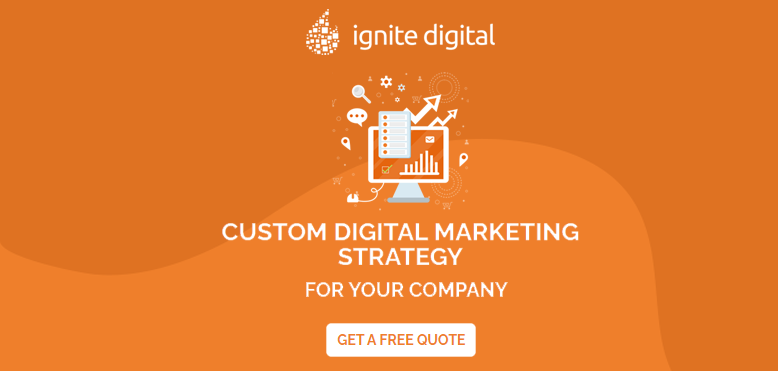In today’s cutthroat business environment, Customer Relationship Management (CRM) systems are no longer luxuries but have crystallized into indispensable assets.
Effective CRM software implementation can uplift your business landscape, solidifying long-term customer retention while enhancing internal efficiency.
However, the process is intricate and multifaceted. It demands structured timelines that blend the art of customization with efficient execution.
In this in-depth article, we will dissect the anatomy of a robust CRM implementation process and timeline, delineating the critical phases and the essential do’s and don’ts to ensure your CRM deployment is nothing short of a success story.
The Pre-Implementation Evaluation Phase
The Pre-Implementation Evaluation Phase stands as the keystone in the arc of a successful CRM implementation plan, signaling a period of intense analysis and strategic foresight.
This initial stage is crucial in outlining an actionable blueprint for CRM software implementation, firmly anchored by several indispensable CRM implementation steps. Here’s what businesses must consider:
- Assessment of Current Business Practices
- Alignment with Stakeholders
- Clear Definition of Objectives
This ensures a seamless fusion between technology and business strategy, paving the way for a CRM that catalyzes growth and customer engagement. Search Engine Marketing teams can also capitalize on implementing CRM by:
- Refining target demographics
- Tracking campaign effectiveness
- Personalizing customer interactions
By meticulously planning and preparing through this evaluation phase, businesses set themselves up to maximize their CRM investment, creating a launchpad for market success and enhanced ROI.
Constructing a Solid Implementation Strategy
Upon reaching the pivotal phase of Constructing a Solid Implementation Strategy, the blueprint for rolling out your CRM system transitions from conceptual to actionable.
This phase is the backbone of a flourishing CRM implementation, requiring meticulous planning and execution. Here are essential CRM implementation steps to ensure a seamless transition:
- Building a Project Team
- Outlining a Task & Responsibility Matrix
- Crafting a Communication Plan
Incorporating these key elements into your CRM implementation plan solidifies the groundwork for a process that not only aligns with your organization’s goals but also provides a structured approach to navigating the complexities of implementing CRM.
The Customization and Configuration Phase
During the critical Customization and Configuration Phase of the CRM implementation process, businesses take actionable steps to tailor their CRM system to the unique requirements of their operations.
This phase is instrumental in ensuring that the CRM software implementation not only integrates seamlessly with the company’s existing workflow but also provides the groundwork for improved efficiency and utility.
To ensure the customization and configuration bear fruit, companies must closely follow a set of essential steps:
- Identifying Key Workflows
- Integrating with Existing Systems
- User Experience Design
It is important to note that CRM implementation tailored towards social media integration can catalyze immense engagement and customer service benefits.
Social media integration allows for a comprehensive view of customer interactions and can help in refining CRM strategies, ensuring that CRM software serves as a robust hub for not only sales and support but also for building lasting customer relationships.
By giving due diligence to these pivotal steps in the CRM implementation steps, companies stand to gain a powerful ally in their CRM system.
The Data Migration and Integration Phase
In the intricate CRM implementation process, the Data Migration and Integration Phase stands as a critical juncture, embodying the principle that ‘garbage in, garbage out’.
This phase is pivotal as it ensures the foundation upon which your Customer Relationship Management (CRM) efforts rest is robust and reliable. The process unfolds in a set of carefully orchestrated steps:
- Cleaning and Preparing Data
- Executing the Migration
- Automation Rules
This phase of the CRM software implementation is not just about moving data from point A to point B. It’s about transforming raw data into a strategic asset that can drive your business forward.
By adhering to these CRM implementation steps, organizations can ensure a smooth transition to a new system, laying the groundwork for a successful CRM strategy that enhances customer relationships and drives growth.
The Training and User Adoption Phase
The Training and User Adoption Phase marks a critical juncture in the CRM implementation plan. This meticulously bridges the gap between unveiling your new CRM software implementation and ensuring that it becomes an integral part of your operational fabric. Herein lies the multi-faceted approach to training and engagement:
- Crafting a Training Curriculum
- Immersive Training Workshops
- User Support Channels
Indeed, the success of CRM implementation hinges not just on the technology itself but, significantly, on the people who use it daily. Through a structured yet flexible approach in implementing CRM to training and user adoption, organizations can ensure their workforce is not only prepared but also enthusiastic about leveraging the new system to its full potential.
The Testing and Post-Implementation Review Phase
The Testing and Post-Implementation Review Phase is a pivotal conclusion to the CRM implementation process, ensuring that the system you have meticulously customized and configured operates as intended within your organization.
During this phase, the comprehensive CRM implementation plan is put to the ultimate test, and thorough reviews assess the effectiveness of implementing CRM software for your unique business requirements. Here’s what this phase must entail:
- System Testing
- Training Sessions
- Feedback Collection
- Performance Analysis
- Continuous Improvement Plan
Focusing intensely on this cohesive testing and review phase ensures your investment in CRM implementation steps translates into tangible enhancements in customer relationship management.
It’s not merely about installing a software system; it’s about elevating your business operations, SEO strategies, and overall customer satisfaction, cornerstones of an effective CRM software implementation.
A well-charted CRM implementation plan timeline is your launchpad into a future dominated by customer-centricity and operational excellence.
Remember, an innovative approach to this implementation, impatient for progress but patient for perfection, will propel you ahead in the business world. Invest in the detail, because that’s where success is sculpted.
Take your time on each phase, and the sum of these strategic stages upon implementing CRM will offer your stakeholders, employees, and customers the transformative experience you set out to achieve.
As you close the chapter on this implementation and begin crafting the next, keep your timeline flexible and resilient. The business landscapes are ever-changing, and your CRM should lead as a flexible solution ready to pivot with your needs, goals, and, ultimately, the pulse of your clientele.
Start mapping your CRM implementation process and strategic timeline today, and rest assured that your investment in customer relationship management is the pivot point for a future made by continuous growth and innovation.




